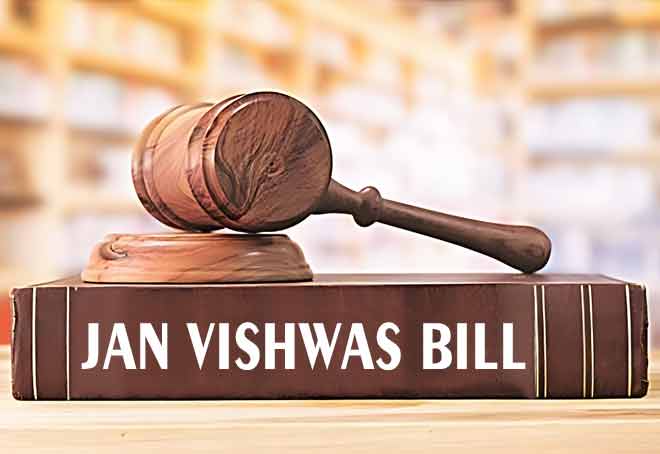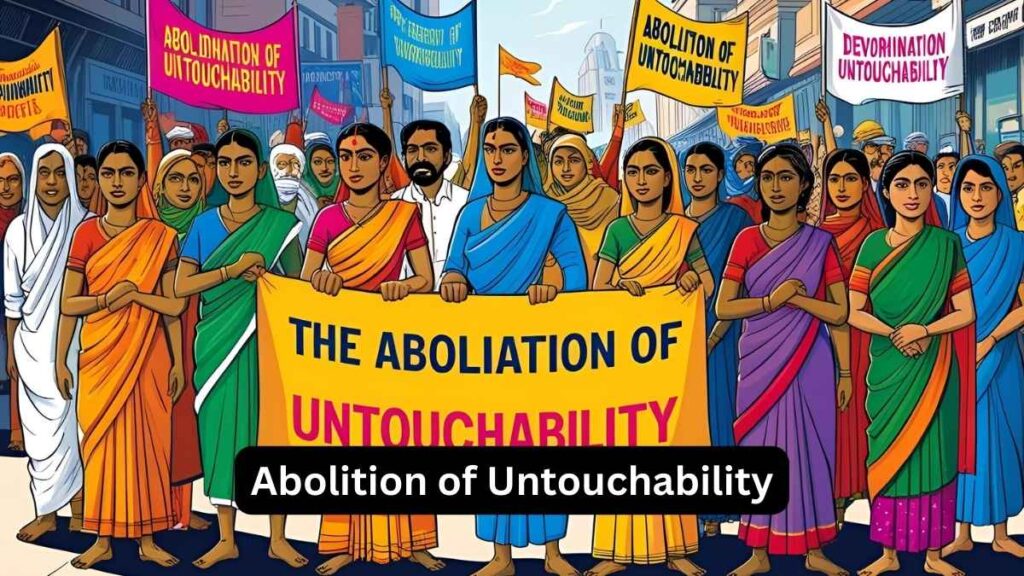Font size:
Print
Stubble Burning and Pollution in North India
How governmentality exacerbates the problem of farmers’ stubble burning
Context: Each November, the Indo-Gangetic Plain—including Delhi and surrounding states—faces a spike in air pollution.
More on News
- Monsoon cessation and temperature drop, leading to the formation of an inversion layer that traps pollutants.
- Persistent year-round pollution from vehicles, power plants, construction dust, and other sources.
- Stubble burning, particularly of rice chaff in Punjab, and to a lesser extent Haryana, Rajasthan, and Uttar Pradesh.
Stubble Burning is a prevalent agricultural practice in India, particularly in the states of Punjab, Haryana, and Uttar Pradesh. It involves the intentional burning of crop residue left in the fields after harvesting. This practice is primarily used to quickly clear fields for the next crop cycle. The practice of paddy-stubble burning not only contributes to severe air pollution but also results in irreparable loss of soil nutrients, which harms the long-term health of the soil.
The Stubble Problem
- Farmers burn rice stubble in October and November to prepare fields for Rabi wheat. It’s a cost-effective, time-efficient method for clearing large fields. But its environmental costs are immense.
- Studies over the years, including a 2023 collaborative study by IIT Kanpur, IIT Delhi, TERI, and Airshed, Kanpur, have attributed between 20% to 40% of Delhi’s pollution levels during the stubble burning season to this single practice. In 2022, the contribution averaged 22%, peaking at 35%.
- One study highlighted that winds from Punjab were responsible for pollution spikes in Delhi 54% of the time during the burning season, while Haryana contributed 27%. Crucially, every additional fire correlated with a 12.44-unit increase in PM2.5 levels.
Policy & Structural Failures: A Governmentality Perspective
- A new study (2025) by Sujit R. Jagadale and Javed M. Shaikh from IIM Amritsar analyses stubble burning through the concept of ‘governmentality’ (Foucault).
- Key Argument: State and market policies indirectly coerce farmers into stubble burning by failing to provide viable alternatives.
- MSP System & Market Failures:
- MSP (Minimum Support Price) incentivises mono-cropping of rice and wheat.
- Lacks support for crop diversification or alternatives to burning.
- Farmers are trapped in debt cycles due to:
- Low MSP increases (e.g., wheat prices rose only 5% in a decade).
- Dependence on arhatias (middlemen) for credit, price-setting, and access to markets.
Pathways to Reform: Building Markets and Changing Culture
- Developing a Market for Stubble:
- Establish markets for stubble-based products like fodder, pellets, and biodegradable packaging.
- Strengthen the value chain with diverse technologies and ensure access across rural regions.
- Policy and market players must collaborate to build an efficient ecosystem for stubble utilisation.
- Regulatory Interventions:
- Implement a tiered regulation system: outright bans, selective permits, and incentivisation for stubble repurposing.
- Use state-level action to enable localised and context-specific enforcement.
- Market Reform and Price Transparency:
- Improve commodities markets to ensure fair pricing and reduce farmer dependency on middlemen.
- Revamp MSP structures to better reflect cultivation costs and inflation.
- Cultural Shifts and Social Responsibility:
- Recognise the socio-economic pressures that drive aspirational consumption.
- Engage socio-cultural and religious institutions to promote sustainable living and de-market non-essential consumption.


